Sony KV-27FS120
October 2, 2024, 12:54 pm
October 10, 2025, 3:47 pm
Summary
The first of Sony's 27" Trinitrons to use the BA-6 chassis. Design is, outwardly, the same as the previous KV-27FS100 and it uses the same tube. Internally, however, it is very different.
Literature
Notes
This TV does not completely disable velocity modulation
A common problem with Sony's flat CRTs is horizontal bowing, especially near the bottom edge of the screen. This is usually caused by poor yoke alignment, and can be corrected. For more information, see the "Adjusting a Flat CRT Yoke" page.
Like the other BA-6 chassis Trinitrons, this TV uses a one-chip design and cannot be modified to accept RGB. However, its component video quality is very clean and there is little to be gained by doing so.
Disabling Velocity Modulation
Most of Sony's flat Trinitrons contain a velocity modulation circuit. VM enhances dark outlines on screen, which helps hide composite dot crawl and can make TV and movies look better. However, it ruins pixel art and significantly degrades the appearance of 2D games.
In this model, turning off VM in the user menu does not completely disable it. To address this problem, go to the service menu and set "VMOF" to zero.
Composite 240p Performance
by Eli Krause
For composite decoding this set uses the Renesas M65582AUF, a 3-line digital comb filter/unified jungle chip. The blending of dithering patterns is inconsistent, and the dot artifacting is severe on all consoles tested. Recommend using an external notch filter to decode composite instead, to remove nearly all dot artifacts and blend all dithering patterns - guide here.
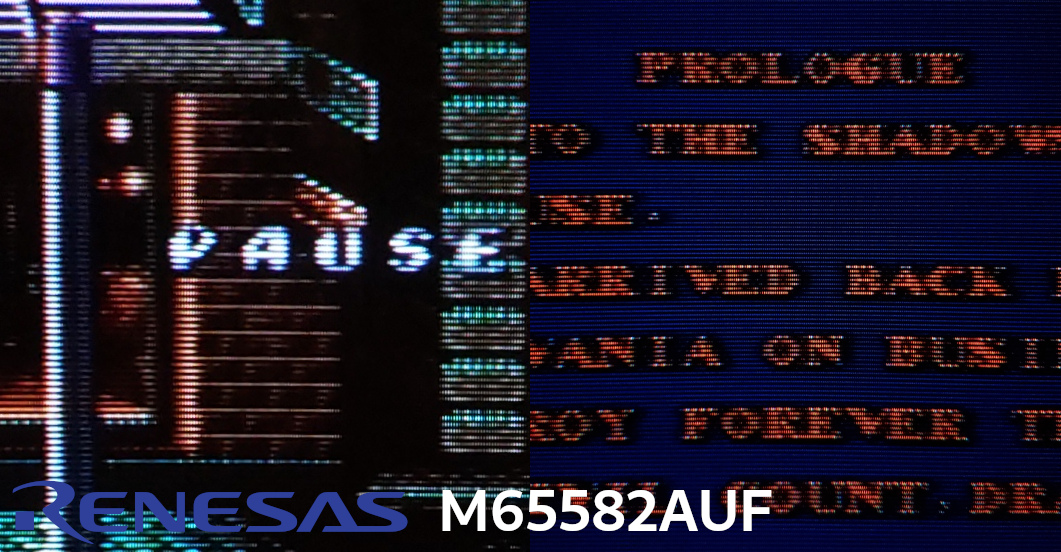
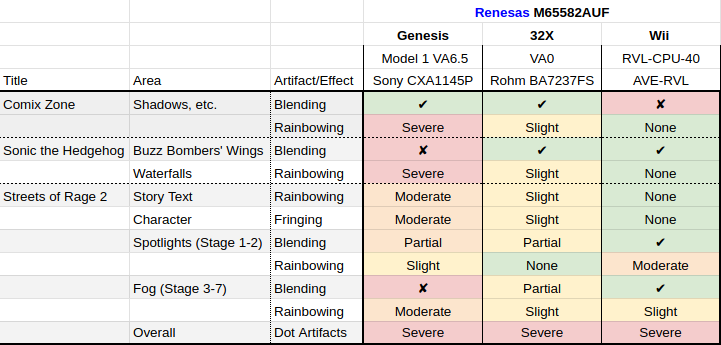
Gallery



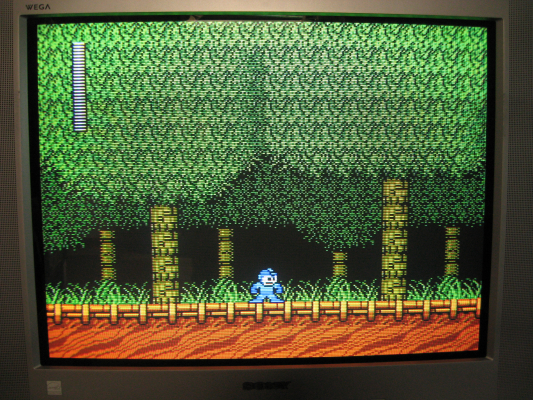
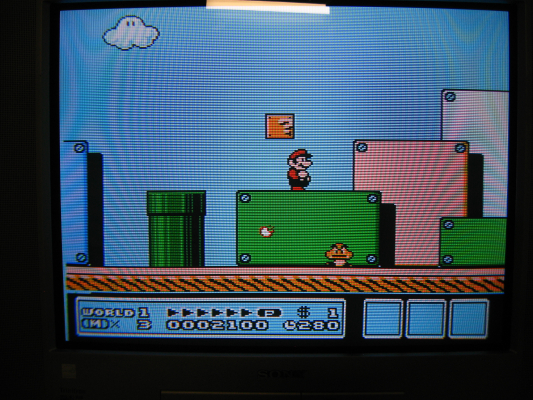
| Specifications | |
|---|---|
| Brand: | Sony |
| Manufacturer: | Sony |
| Model: | KV-27FS120 |
| Series: | Wega |
| Viewable Size: | 27" |
| Inputs: | Composite, S-Video, RF, Component YPbPr |
| Native Resolutions: | 240p, 480i |
| Horizontal Scan Range: | 15 kHz |
| Formats: | NTSC |
| Aspect: | 4:3 |
| Adjustments: | OSD Customer Controls, OSD Service Menu |
| Horz. Output Transistor: | D2645 |
| Vertical Output IC: | STV9379A |
| Jungle IC: | Renesas, M65582AMF |
| Comb Filtering: | 3-Line Digital |
| Comb Filter IC: | Renesas, M65582AUF |
| Flyback: | NX-4521, 8-598-834-20 |
| Tube: | Sony Trinitron , M68LNH050X |
| Heater Voltage: | 6.3v |
| Mask: |
Aperture Grille

|
| Tint: | Dark |
| Removable Glare Film: | No |
| Yoke: | 8-451-494-41 |
| Yoke Horz. Inductance: | 0.9238 mH (@ 10 kHz) |
| Yoke Vert. Inductance: | 12.587 mH (@ 100 Hz) |
| Yoke Horz. Resistance: | 1.4 ohm |
| Yoke Vert. Resistance: | 8.4 ohm |
| Speakers: | Stereo |
| Remote: | RM-Y194, RM-Y195 |
| Chassis: | BA-6 |
| Weight: | 99 lbs (44.9 kg) |
| Application: | Consumer |
| Launched: | 2004 |
| Country of Manufacture: | Mexico |
| Degaussing: | Automatic on Power-on |
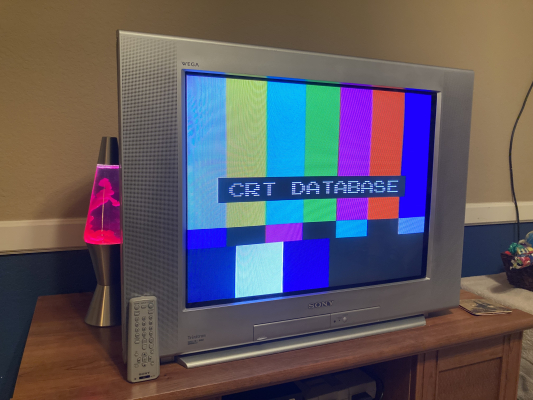
 This work is licensed under a
This work is licensed under a